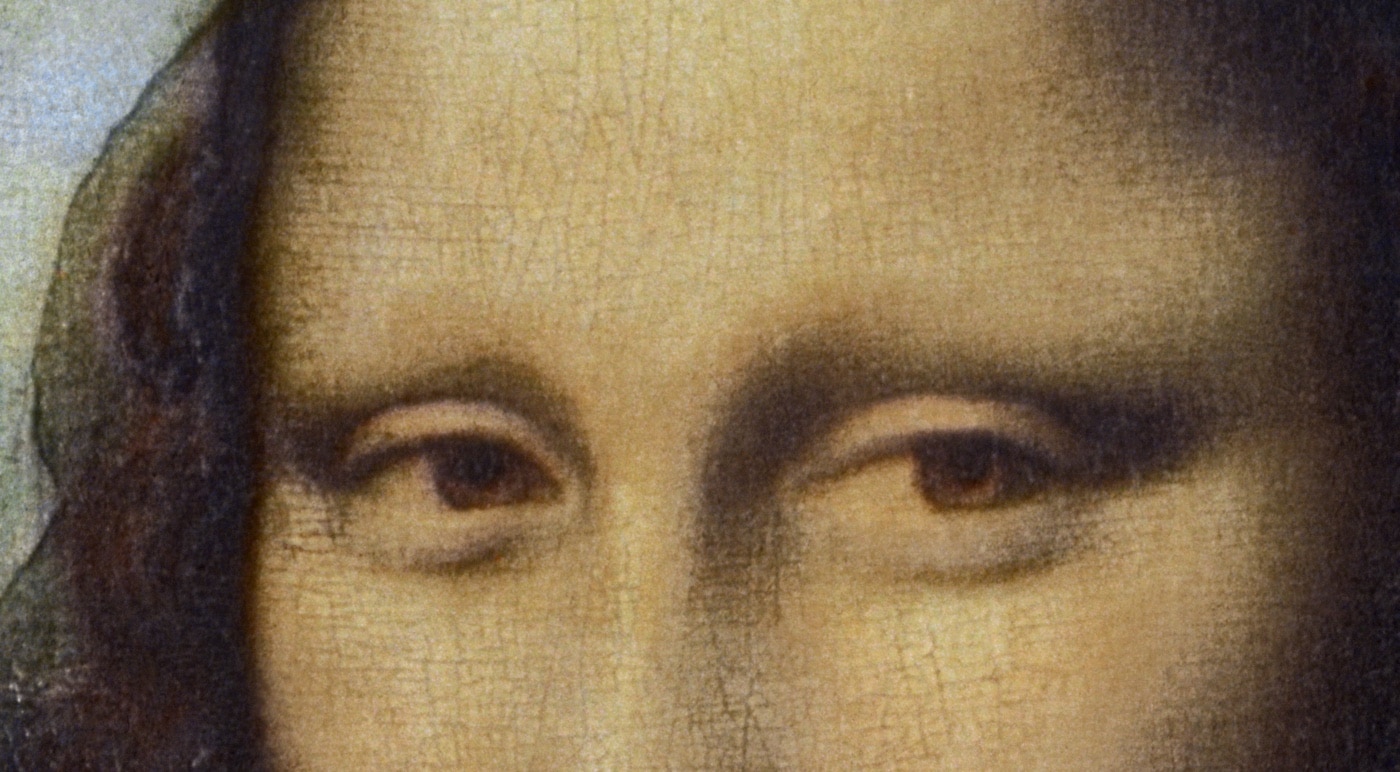Many of the world’s most famous paintings throughout history actually have hidden messages in them. Fine art is amazing, because these images can transport you to another time and place. If you have ever been to an art museum in major cities around the world, you already know that it’s possible to stare at these paintings for a very long time. It’s possible t o pick up on new details you may have missed, even after looking several times.
And many times, artists purposely created hidden messages in their paintings. Some are out in the open, while others literally need microscopes or reflectography to examine and find what’s hidden beneath layers of paint. Here at History Collection, we have pulled together some examples of the secret messages hidden in famous works of art.
“The Mona Lisa” by Leonardo Da Vinci

You have probably heard of the mystery of Mona Lisa’s smile. (If she is smiling at all is up to interpretation.) But the secrets behind Leonardo Da Vinci’s “Mona Lisa” get so much deeper than that. An art historian and researcher named Silvano Vinceti says that he discovered the letter “S” in Mona Lisa’s left eye, the letter “L” in her right eye, and the number “72” under the bridge in the background.
Vinceti believes that the “L” stands for Leonardo. The secret meaning of “S” and “72” are less clear. Some think that “S” could stand for the Sforza dynasty, who ruled Milan. It’s possible that this woman was part of that family. The number 72 could come from numeric symbols in both Judaism and Christianity, where “7” symbolizes the creation of the world. And “2” represents the duality of men and women.

There is also speculation that she is pregnant, because her arms cross over her belly. She is also wearing a veil over her shoulders, which was commonly worn by pregnant women during the Italian Renaissance. Most art historians will agree that the true identity of Mona Lisa was Lisa del Giocondo.
However, there is still plenty of speculation out there. Another theory is that Mona Lisa was actually a male model named Gian Giacomo Caprotti, who worked with Leonardo Da Vinci. It’s speculated that the numbers and letters found by Silvano Vinceti may reveal Caprotti’s true identity.

